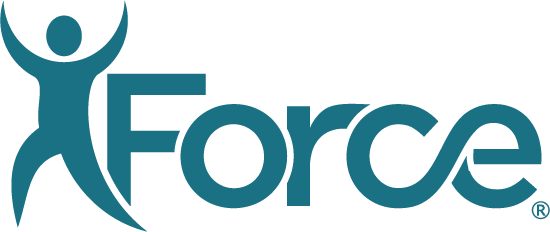In recent years, the landscape of healthcare delivery has undergone a seismic shift with the widespread adoption of virtual care management and remote engagement tools in musculoskeletal (MSK) and orthopedic care. This transformation, accelerated by the challenges and opportunities presented by the COVID-19 pandemic, has brought forth a new era of patient-centric, technology-enabled healthcare delivery that is here to stay.
Read the full report here.
The Continuation of Virtual Care Demand
Despite the end of the COVID-19 pandemic, the demand for virtual care remains robust. Patients have grown accustomed to the convenience, accessibility, and cost-effectiveness offered by telehealth and remote care options. The journey to healthcare no longer involves navigating traffic, waiting rooms, and physical appointments. Instead, patients can seamlessly engage with their healthcare providers and care plans through digital platforms, receive guidance, monitor their progress, and obtain treatment recommendations from the comfort of their homes.
This trend is particularly evident in MSK and orthopedic care. Patients dealing with conditions such as joint pain, orthopedic injuries, and post-operative rehabilitation find solace in virtual care solutions that facilitate continuous engagement with their care teams without the need for frequent in-person visits or costly skilled nursing facilities and outpatient physical therapy. The ability to receive personalized care plans, exercise regimens, and guidance on pain management through digital platforms empowers more patients to take charge of their own health journey.
Providers Embrace the Digital Revolution
The benefits of virtual care are not limited to patients alone; healthcare providers have also embraced this transformation. From a clinical perspective, remote care enables more comprehensive tracking of patient progress, leading to more informed treatment decisions. The collection of patient-reported outcomes (PROs) through digital platforms offers real-time insights into the efficacy of interventions and patient satisfaction, enabling providers to fine-tune their approaches for optimal results.
Beyond clinical outcomes, virtual care also addresses administrative challenges faced by healthcare organizations. Staff burnout and resource limitations are eased as virtual care reduces the strain on physical infrastructure and streamlines appointment scheduling. Moreover, the implementation of digital care strategies positions healthcare providers at the forefront of innovation, attracting tech-savvy talent and patients seeking modern and convenient healthcare experiences.
Paving the Path Forward
The adoption of virtual care in MSK health is not merely a response to a crisis but a strategic advancement in healthcare delivery. As patients continue to seek convenience and personalized care, virtual care will evolve to encompass a broader range of services. Moreover, the integration of telehealth with wearable devices and remote monitoring tools holds the promise of creating a comprehensive ecosystem of health data that informs real-time tailored interventions.
Digital Care Works, Report Shows
In a recent report analyzing data from more than 50,000 patients at 4 nationally-recognized hospitals, ASCs, and private practices–Hartford HealthCare, Geisinger, ValueHealth, and Columbia Orthopaedic Group–digital care enablement was shown to be highly connective and engaging, with 83% of patients (more than 44,000) opting in to use the platform, nearly 80% receiving SMS reminders to complete tasks and review education materials, and 87% logging pain entries.
On average, patient compliance with PROs was 83% across all intervals, and more than 95% of patients reported feeling “prepared” or “very prepared” for surgery, having a “good” or “very good” experience at the facility, and understanding “clearly” or “very clearly” their post-op pain management plan. Additionally, average patient satisfaction scores for the procedure and the platform were 4.5/5 and 4.4/5, respectively.
Also observed in the study were distinct and clinically significant improvements in pain, function, mental health, and activities of daily living, as well as marked declines in disability scores. More than 80% of hip patients met the HOOS Jr. minimal clinically important difference (MCID) at 1Y post-operatively. Almost 75% of knee patients and 85% of shoulder patients met the MCID for KOOS Jr. and ASES, respectively, at 1Y, while nearly 60% of spine patients met the MCID for NDI and ODI at 6M.
Interested in learning more and exploring the data? Download the full report below.
Discover how Force Therapeutics can enhance your patient care. Request a demo today.



